Increasing Pet Ownership
The rise in pet ownership has been a notable trend, contributing to the expansion of the Pet Obesity Market. As more households welcome pets, the responsibility of pet care intensifies, including dietary management. Recent statistics indicate that approximately 67% of U.S. households own a pet, which translates to over 85 million families. This growing number of pet owners often leads to increased spending on pet food and health products, including those targeting obesity. Consequently, the demand for specialized diets and weight management solutions is likely to surge, as owners become more aware of the health implications associated with pet obesity. This trend suggests a robust market potential for products and services aimed at combating obesity in pets.
Growing Pet Wellness Trends
The increasing trend towards pet wellness is significantly shaping the Pet Obesity Market. Pet owners are now more inclined to view their pets as family members, leading to a greater emphasis on overall well-being, including weight management. This shift is reflected in the rising popularity of wellness-focused products, such as organic and natural pet foods, which are perceived as healthier options. Market analysis shows that the wellness pet food segment is expanding rapidly, with consumers willing to pay a premium for products that promote health and longevity. This trend suggests that businesses that align their offerings with the wellness movement are likely to capture a larger share of the market, as pet owners prioritize their pets' health and happiness.
Advancements in Pet Nutrition
Innovations in pet nutrition are playing a crucial role in shaping the Pet Obesity Market. The development of specialized diets, including low-calorie and high-protein options, is becoming increasingly prevalent. These advancements are often backed by scientific research, which highlights the importance of balanced nutrition in preventing obesity. Market data suggests that the premium pet food segment, which includes these specialized diets, is experiencing significant growth, with projections indicating a compound annual growth rate of over 5%. This trend reflects a shift towards more informed pet ownership, where consumers are willing to invest in high-quality food that supports their pets' health. As a result, companies that focus on innovative nutritional solutions are likely to thrive in this evolving market.
Rising Awareness of Pet Health
There is a marked increase in awareness regarding pet health, which significantly influences the Pet Obesity Market. Pet owners are becoming more educated about the risks associated with obesity, such as diabetes and joint issues. Surveys indicate that a substantial percentage of pet owners now prioritize their pets' health, leading to a shift in purchasing behavior towards healthier food options and weight management products. This heightened awareness is likely to drive demand for veterinary consultations and nutritional guidance, further propelling the market. As pet owners seek to improve their pets' quality of life, the focus on maintaining a healthy weight becomes paramount, thereby creating opportunities for businesses that specialize in pet health and nutrition.
Influence of Veterinary Recommendations
Veterinary professionals are increasingly influencing pet owners' decisions regarding nutrition and weight management, thereby impacting the Pet Obesity Market. Many veterinarians now advocate for regular weight assessments and tailored dietary plans to combat obesity in pets. This professional guidance is crucial, as it helps pet owners understand the importance of maintaining a healthy weight for their pets. Data indicates that pets receiving regular veterinary care are less likely to be obese, highlighting the role of veterinary recommendations in promoting healthier lifestyles. As more pet owners seek veterinary advice, the demand for weight management products and services is expected to rise, creating a favorable environment for businesses that align with veterinary practices.
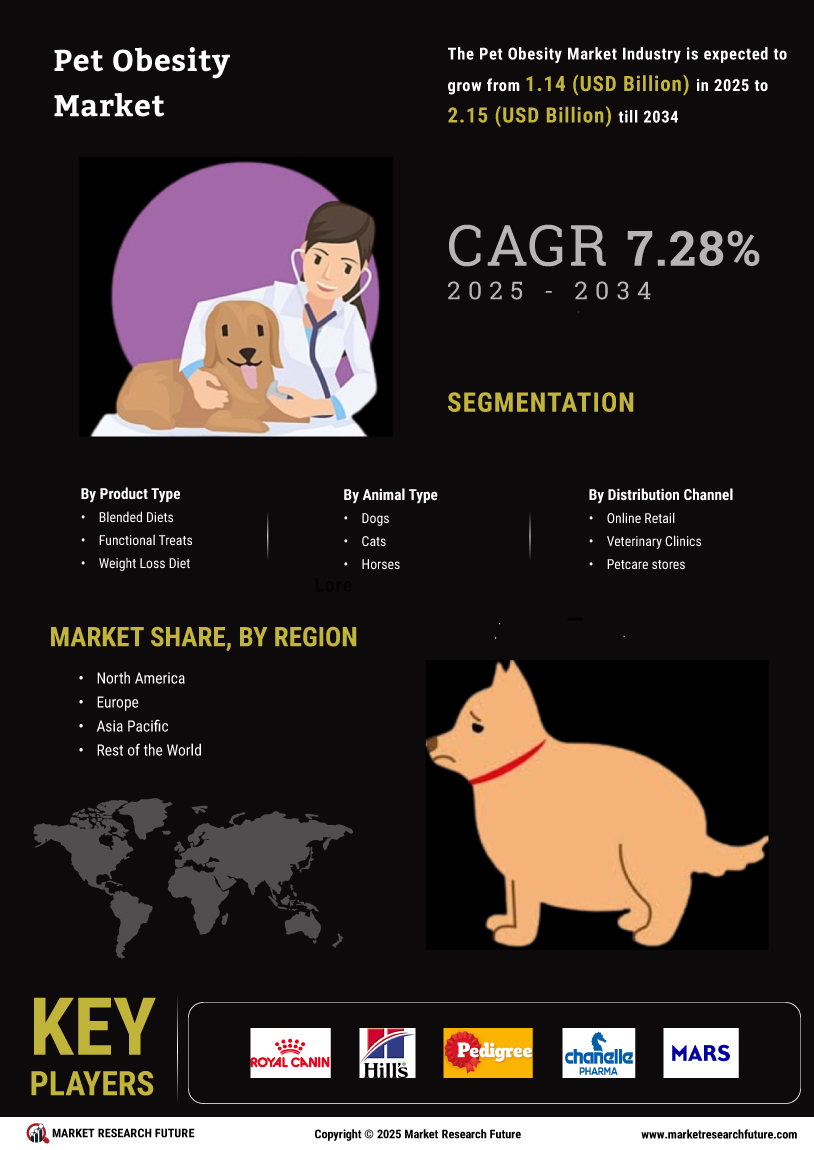

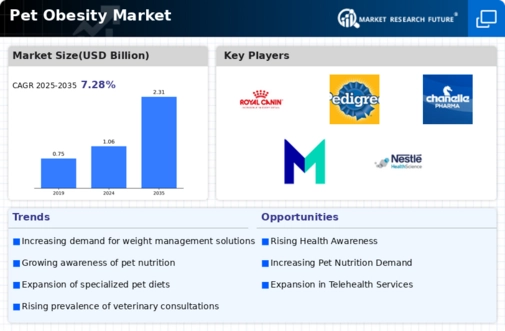

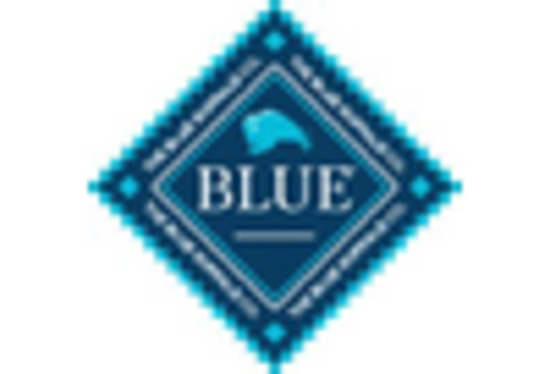
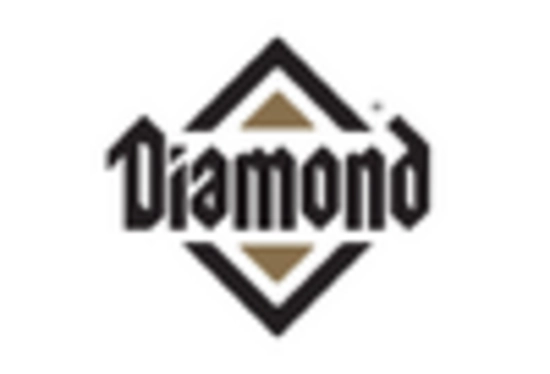
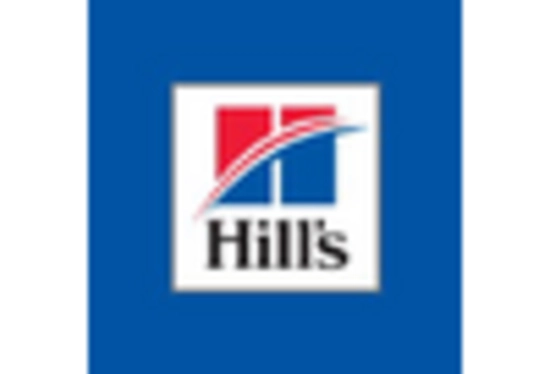
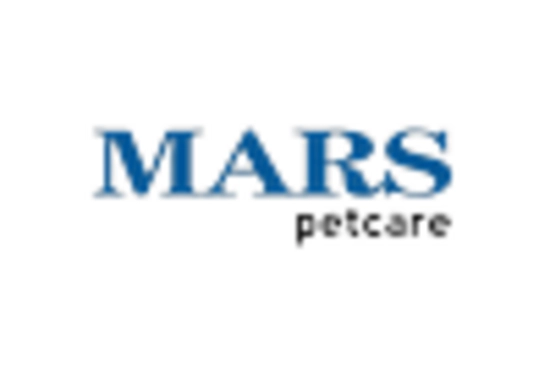
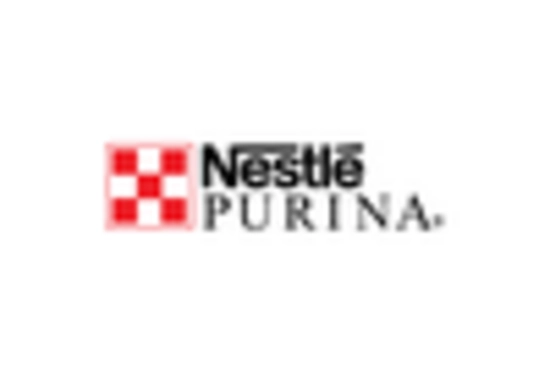
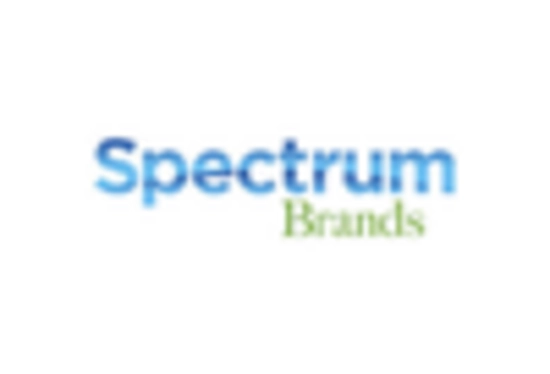








Leave a Comment